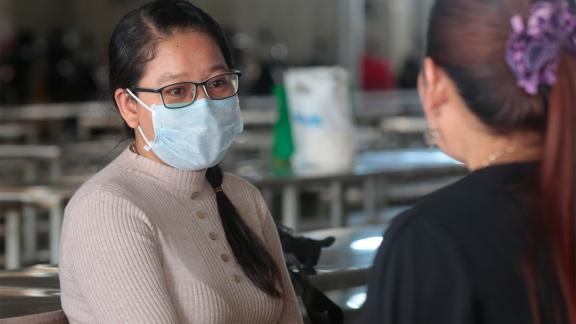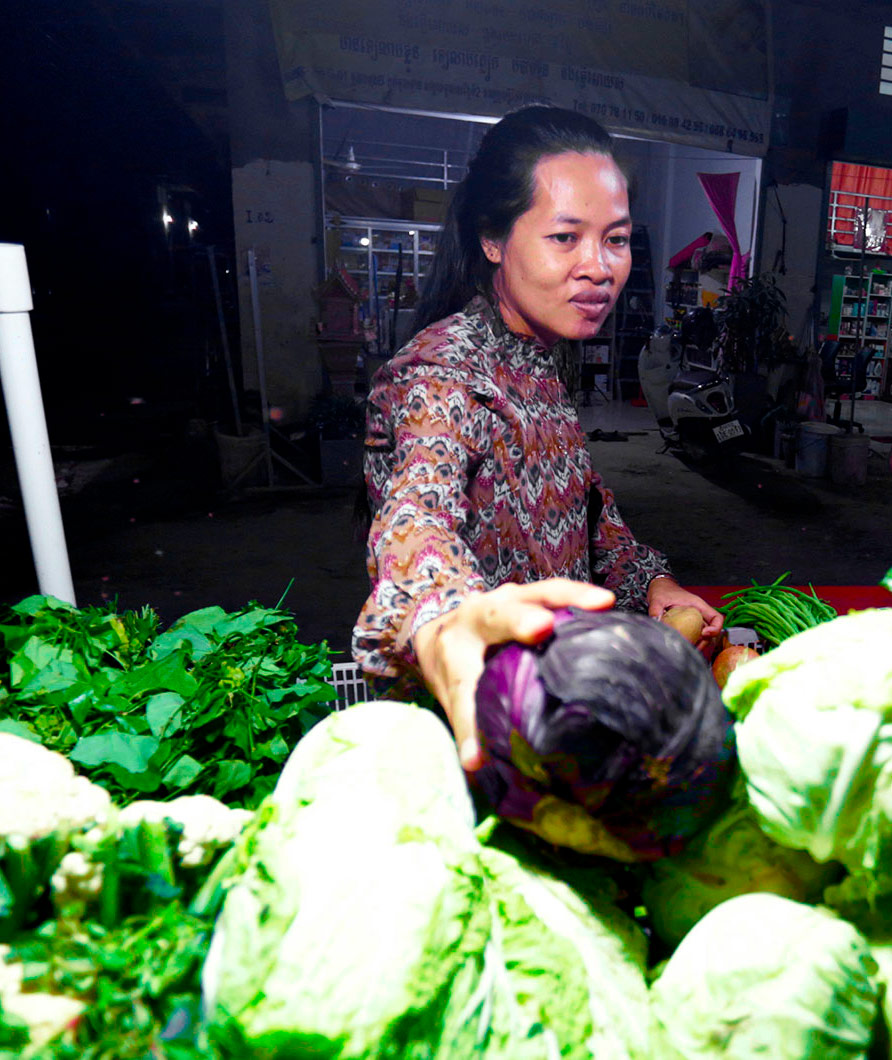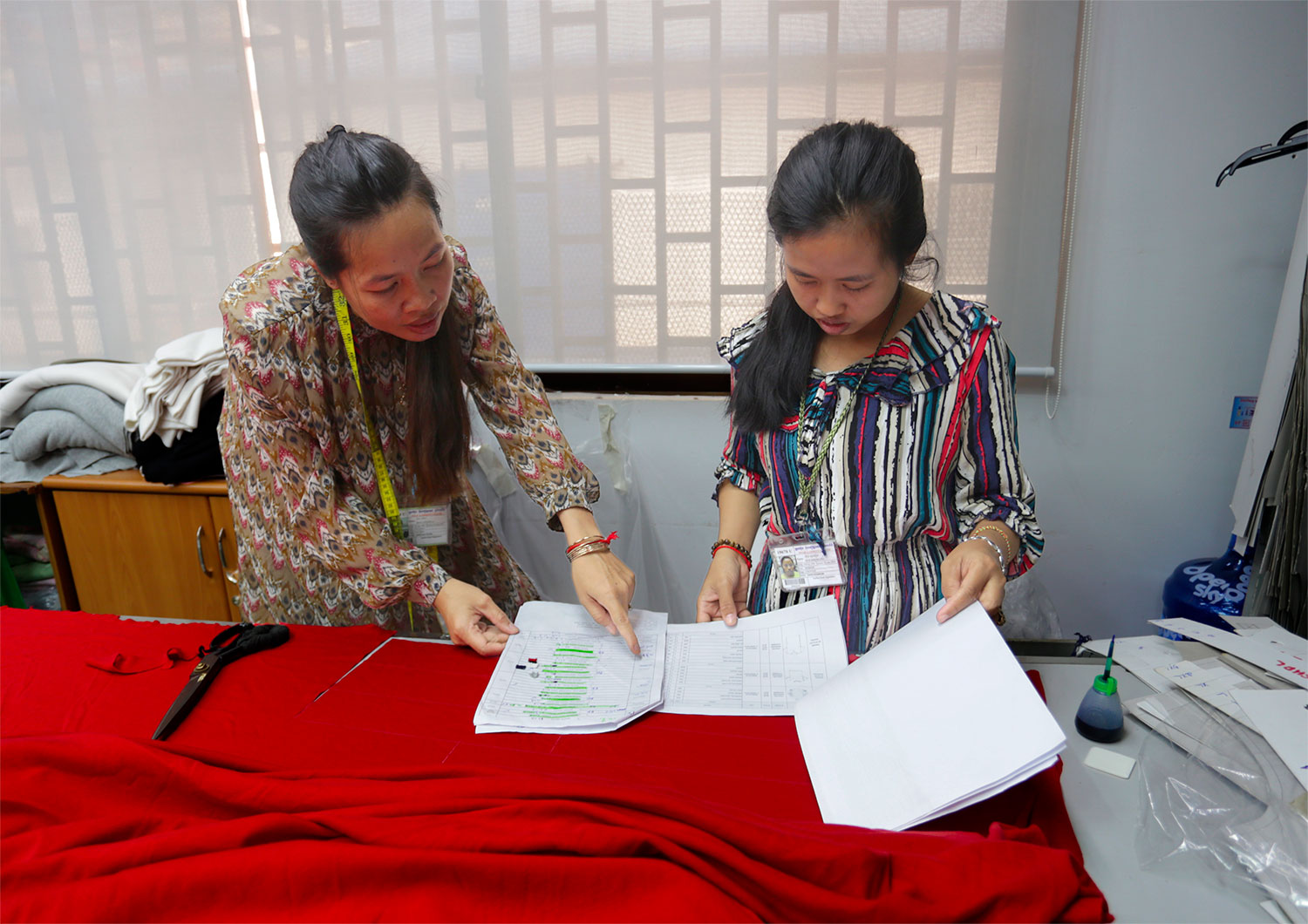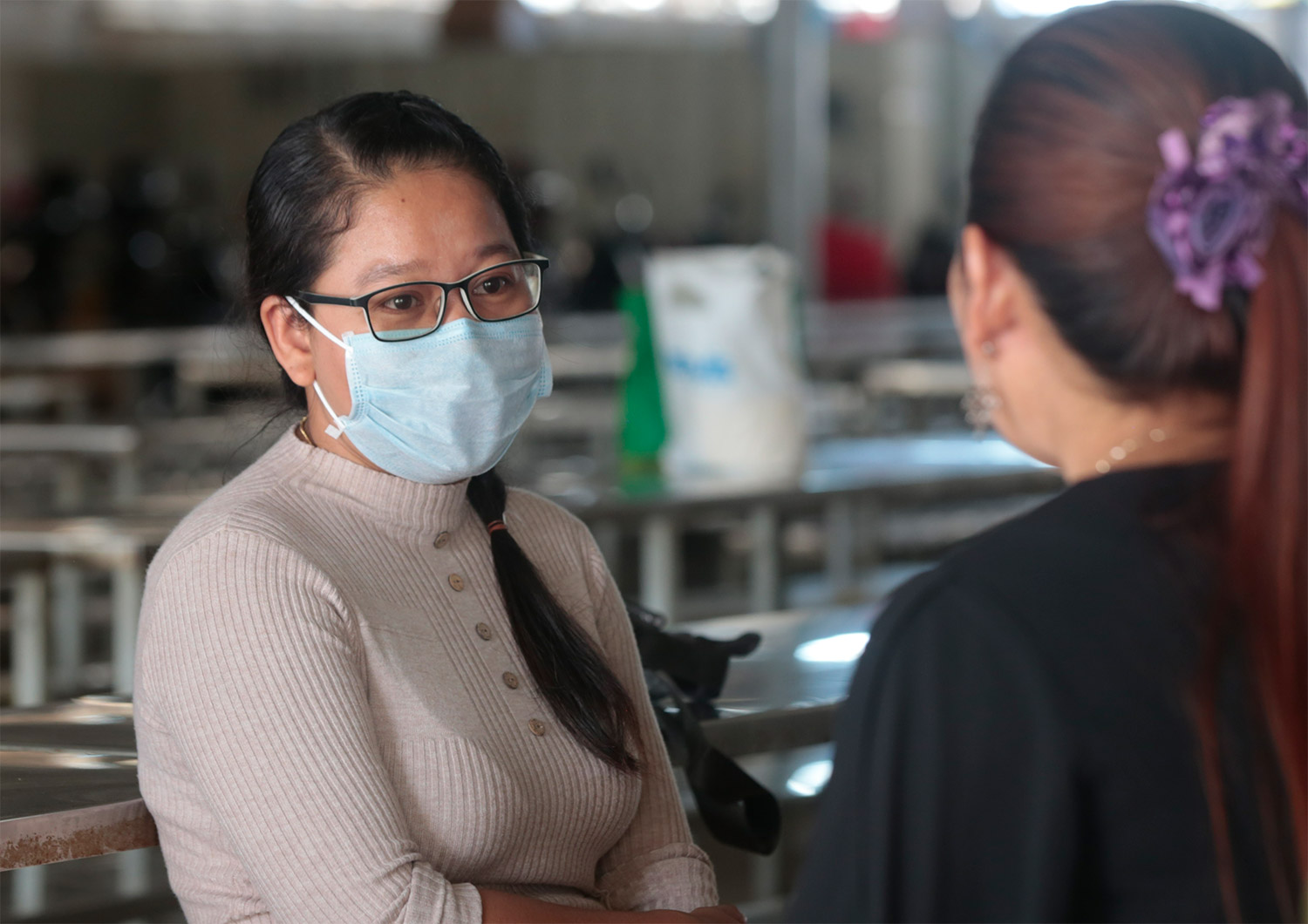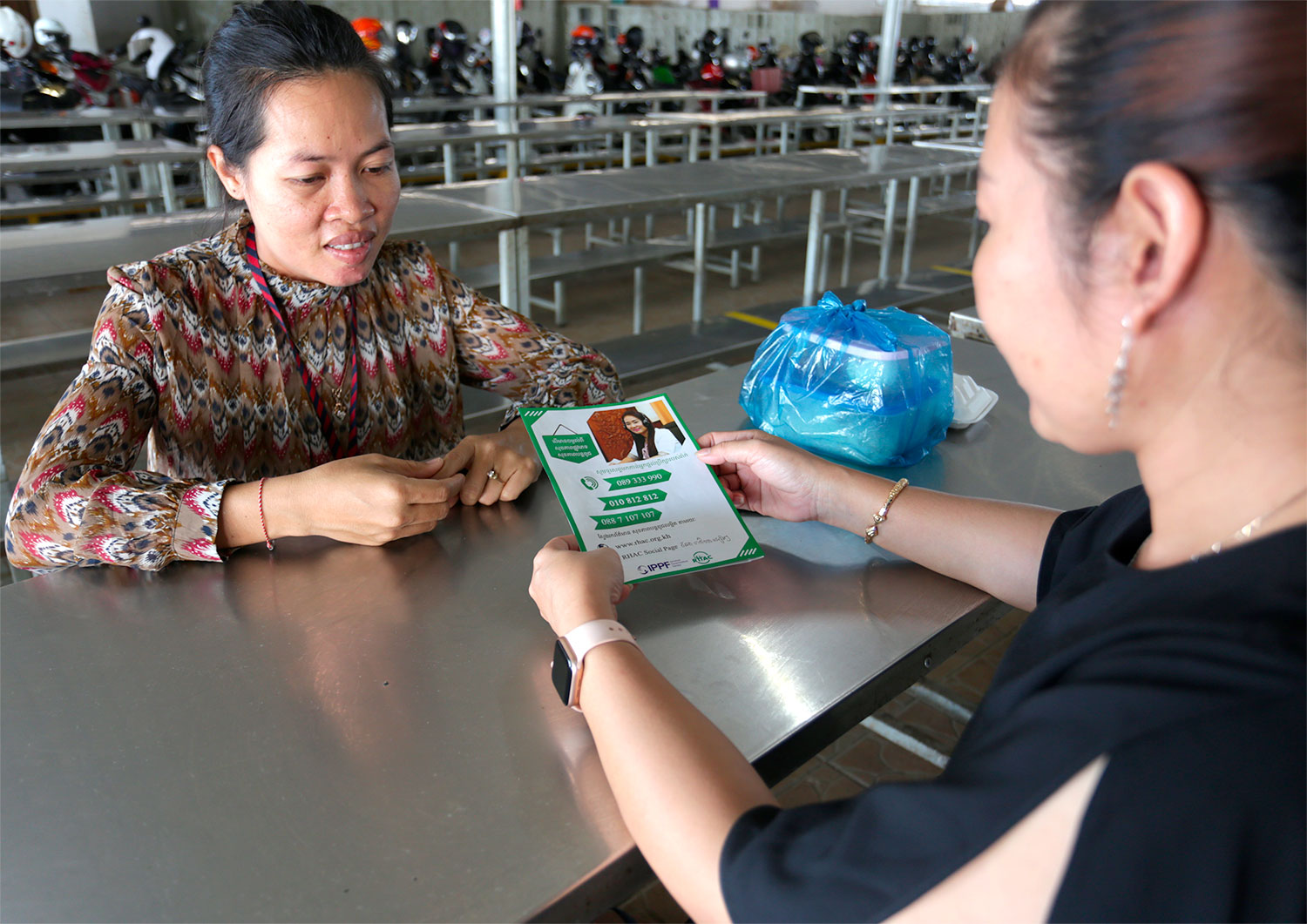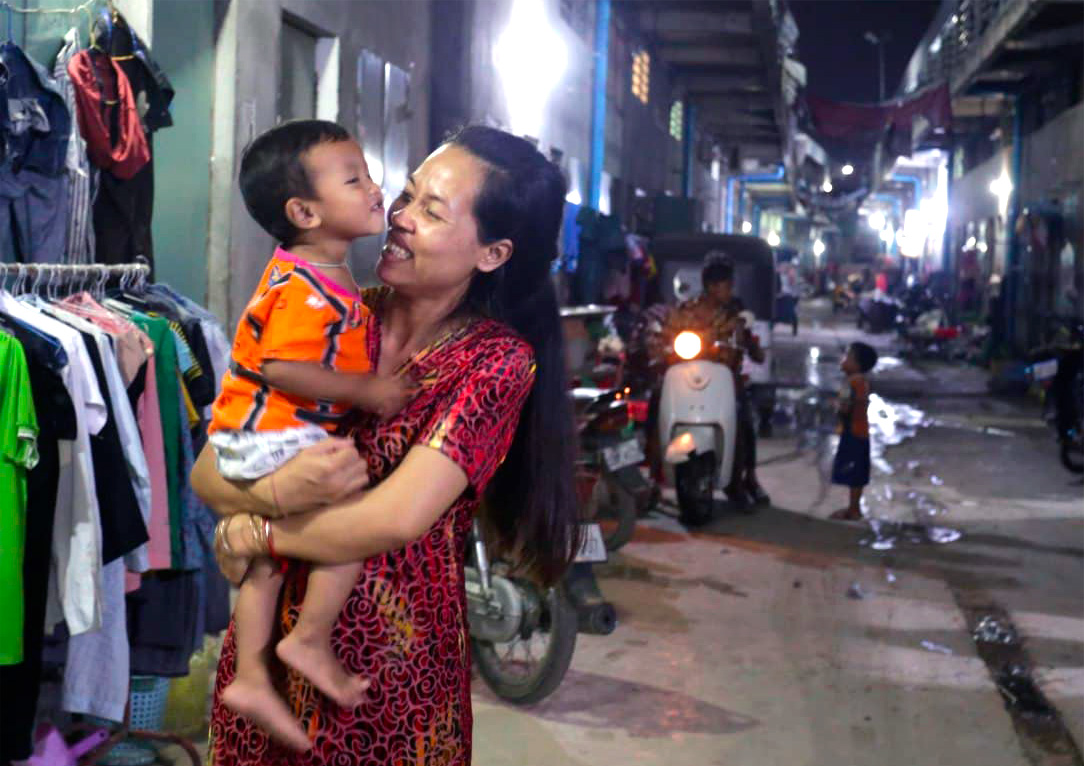
C
hakriya, 31, works at In Jae, a garment factory in Phnom Penh. More than 1,000 people work here, and most of them are women. Chakriya was among many garment factory workers who could not access medical check-ups and treatment; once she paid her family’s living expenses and debt repayments there was little left from her salary.
In Cambodia, a large proportion of the garment industry workforce is young, migrant, female and unmarried. Typically, these women migrate from rural areas and have limited access to family or community support.
During 2013-2015, Reproductive Health Association of Cambodia (RHAC) implemented an IPPF Japan Trust Fund (JTF) project to improve access of factory workers to reproductive health and HIV services. The In Jae factory was among 30 factories which participated in the project. One element of the project proved very successful: the voucher scheme which allowed the workers to access sexual and reproductive health services at a local RHAC clinic free of charge.
RHAC’s clinic services were rolled out in Phnom Penh, and the cities of Kampong Speu and Preah Sihanouk. Some 21,000 health vouchers were used by the factory workers to access sexual and reproductive health services.
Crucially, in addition to the voucher scheme, the RHAC team trained the infirmaries of the 30 factories so that they built in-house capacities to provide some sexual and reproductive health counselling and services to the workers.
The project provided much valued and much needed care to some of the country’s most vulnerable people. Women face increased risks of amenorrhea, cervical cancer, and miscarriage if they don’t get regular reproductive health check-ups and treatment.
C
hakriya was one of them. She often missed her periods, and had to save up to go to a private clinic which was still open after her work hours:
It was the first time that I had the courage to go for a gynaecological examination. I spent at least 40,000 to 60,000 riel (USD10-USD15) to get an injection to have my period come back.
However, she could not afford to continue the treatment at a private clinic. “Taking injections to regulate my cycle was extremely expensive for me,” she says. Inevitably for Chakriya amenorrhea returned because she did not have money for continued treatment.
“At the factory, many of us had gynaecologic problems because we lived on unhygienic street food, which is often fried and has no nutrients at all. Moreover, our accommodation wasn’t clean and our communal toilet was unsanitary,” continues Chakriya.
We were not aware of our health problems, but even when we knew something was wrong, we didn’t go to see a doctor because of our financial situation. We couldn’t afford a check-up.
“We were concerned about our female workers’ health”
N
eang Veasna, 32, is the administrative officer at the In Jae factory. She started as a factory worker 13 years ago and worked her way up to her present role.
Veasna said she wants to see all the staff here healthy and do well at work:
We were concerned about the health of our workers, especially the female workers. Some of them had gynaecological problems, and some had abortion or miscarriage that needed urgent treatment”, says Veasna. “As the admin officer, I get to know they are sick when they submit their medical leave application.
Veasna says that most of the women workers used to go to private clinics. They sometimes received poor treatment and their health didn't improve. “For example, they wanted an abortion, but they did not know where to find a safe abortion service.”
According to Veasna, before 2013, up to 10% of workers in In Jae applied for medical leave. After RHAC began the voucher scheme the rate of workers applying sick leave dropped to just 2%.
Admin officer, and now a counsellor too
V
easna was trained by RHAC staff to counsel the workers on women’s health issues and refer them when necessary. Studies have shown that over half of the country’s garment factory workforce reported having received treatment for a sexually transmitted infection (STI) yet only few were able to identify signs and symptoms of STIs. Therefore, these workplace counselling sessions have been providing opportunities for the factory workers to learn about sexual and reproductive health, HIV, and other health issues.
Veasna knows that access to sexual and reproductive health care makes smart business sense, too.
When they get sick, it affects the factory’s production because they will not be able to properly focus on their work, or they will ask for medical leave. There are 30 workers in one section and when one or two people are off sick, production drops and deadlines are missed.
“The vouchers helped us a lot”
C
hakriya’s health improved after being treated at RHAC clinic in 2015, and she’s happy that her colleagues, too, received health services through the voucher scheme:
“For rich people, paying for health services is not a problem. But for the poor like us, money to access health services is a critical matter. The voucher scheme for treatment at RHAC clinics helped us a lot,” she says.
Although RHAC voucher schemes ended in April 2015 with the project, Chakriya still pays attention to her health and attends the RHAC clinic for her regular check-ups.
Cambodia’s National Social Security Fund now covers partnering non-governmental health facilities as well. Through this fund, the factory workers are now able to receive health services from RHAC clinics free-of-charge. The factory infirmaries now have medical staff who provide health education, primary health care services, or refer workers to hospitals or clinics as necessary.
“I was happy to receive the treatment for my amenorrhoea. It’s been very effective”. She smiles, holding up her cheeky 3-year-old son, and taps the growing bump under her loose, patterned dress - she is now pregnant with her second child.
Published on 2 February 2021
when







